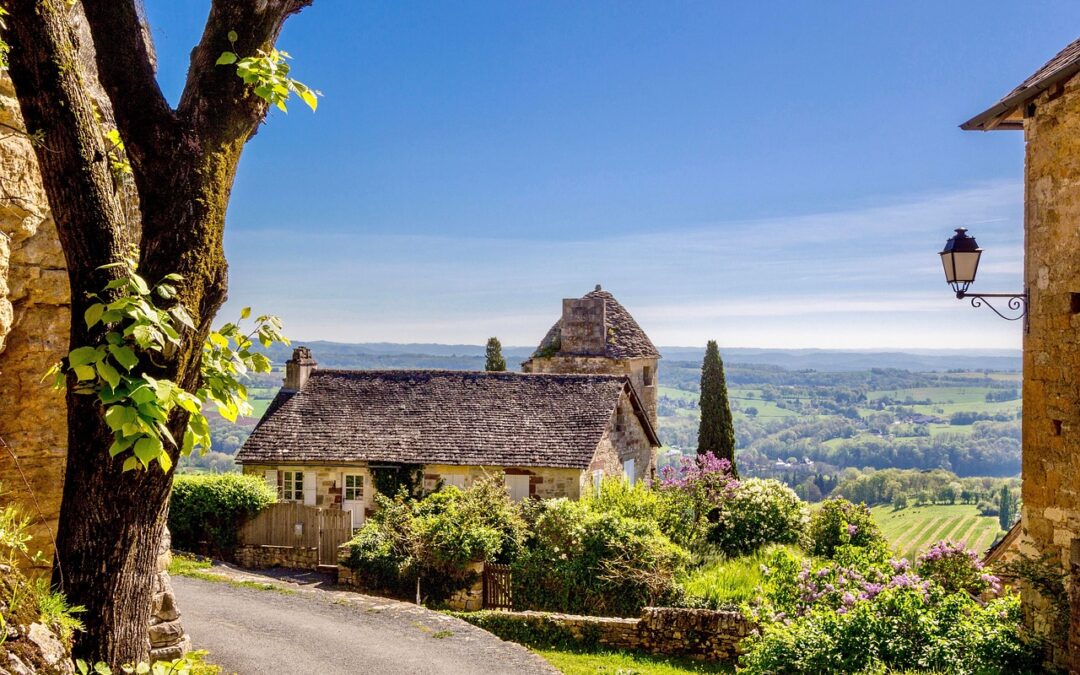Landscaping Materials for Urban Areas: A Guide for the City-Dweller
TL;DR: Urban landscapes demand unique materials that can withstand the demands of city life. From permeable pavers to living walls, this article explores the best landscaping materials for urban areas, empowering you to create a thriving oasis amidst the concrete jungle.
Materials for Urban Patios and Walkways
Urban patios and walkways face heavy foot traffic and harsh weather conditions. Concrete is a durable and versatile option, offering a wide range of finishes and colors. Pavers are another excellent choice, providing permeable surfaces that reduce runoff and enhance drainage. Stone adds a touch of natural elegance, with options like granite, slate, and travertine offering unique textures and hues.
Vertical Gardening in Urban Spaces
Living walls are transforming urban landscapes, adding greenery and reducing air pollution. Trellises support climbing plants, creating vertical gardens on building facades. Planter boxes can be mounted on walls or placed on rooftops, providing homes for urban gardens. Hydroponic systems allow plants to thrive without soil, making them ideal for vertical gardening in space-constrained areas.
Plantings for Urban Environments
Selecting the right plants is crucial for urban landscapes. Native plants are adapted to the local climate and soil conditions, reducing maintenance needs. Drought-tolerant plants withstand water scarcity, while pollution-resistant plants thrive in urban air quality. Vertical planters maximize space and allow for lush greenery on balconies or patios.
Lighting Solutions for Urban Landscapes
Lighting enhances the safety and ambiance of urban landscapes. Path lights illuminate walkways and create a welcoming atmosphere. Spotlights highlight architectural features or showcase plants. String lights add a touch of whimsy and create a warm glow. Solar-powered lights provide sustainable illumination, reducing energy consumption.
Water Features for Urban Oases
Water features bring tranquility and a sense of nature to urban landscapes. Waterfalls can be integrated into walls or gardens, creating a soothing ambiance. Fountains add a playful element and provide a refreshing sound. Reflecting pools mirror the sky and create an illusion of space, enhancing the visual appeal of small urban areas.
Accessories for Urban Landscapes
Accessorizing your urban landscape adds personal touches and enhances functionality. Outdoor furniture provides seating and relaxation areas. Sculptures add artistic flair and create focal points. Fire pits offer warmth and ambiance, extending the use of outdoor spaces into the cooler months. Benches provide resting spots and can serve as dividers for different sections of the landscape.
Professional Landscape Design and Installation
Creating a thriving urban landscape requires careful planning and installation. Professional landscape designers understand the unique challenges of urban environments and can help you create a functional and aesthetically pleasing space. They can recommend the best materials, plants, and accessories for your specific needs, ensuring a successful and long-lasting landscape.
Conclusion
Landscaping urban areas requires a thoughtful approach and the right materials. By selecting durable surfaces, incorporating vertical gardening, choosing native plants, and accessorizing wisely, you can create a vibrant and inviting outdoor space that enhances your urban living experience. With the help of a professional landscape designer, you can transform your urban landscape into a sanctuary where nature and city life harmoniously coexist.

